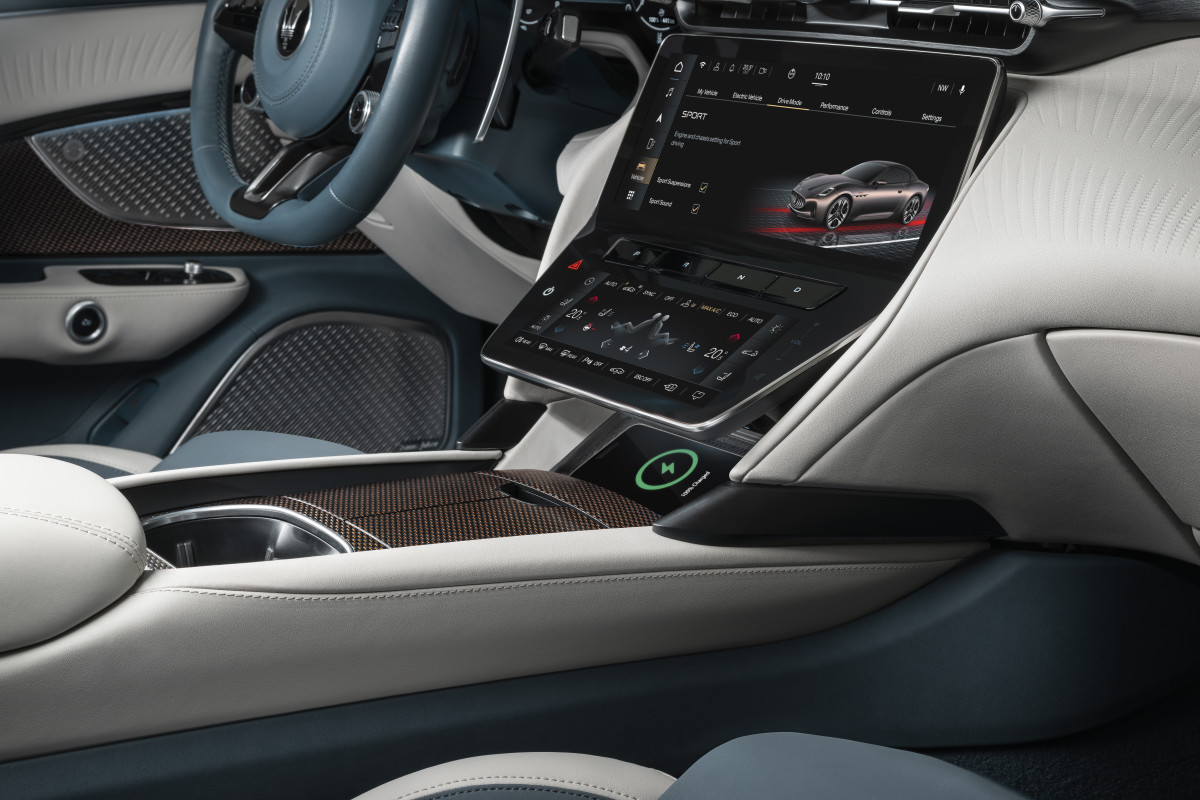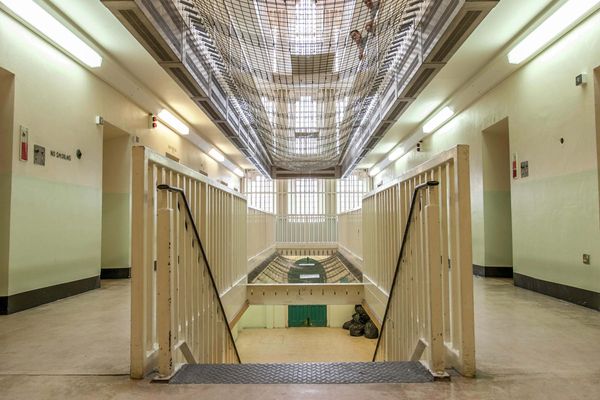
From normal, pedestrian runabouts bearing the badges of Ford or Toyota, or an ultra-luxurious machine made by Mercedes-Benz, one feature is present in the interiors of most cars sold today: a touchscreen.
Whether they like it or not, technophobic buyers will have to deal with the fact that attention-grabbing, iPad-shaped touch screens are a staple of contemporary car interior design, as they provide a simple, cost-effective way to incorporate new features into cars.
💰💸 Don’t miss the move: SIGN UP for TheStreet’s FREE Daily newsletter 💰💸
But like every piece of technology, there is a learning curve to every new piece of tech, which could turn off buyers from brands altogether if access to key settings like the radio, climate control, and other features if they are hidden behind endless menus.
However, one household name says it is airing on the side of sanity, emphasizing that they made a decision that could reverse a trend for good.

Hyundai
Hyundai says touchscreens made people 'stressed, annoyed'
In a recent interview printed by South Korean newspaper Korea JoonAng Daily, Hyundai Design North America Vice President Ha Hak-soo revealed that they were initially wowed by the clean design that manufacturers like Tesla were able to achieve with its use of a singular, all-encompassing touchscreen.

Tesla
Tesla's bestselling model, the Model Y crossover SUV and its sister car, the Model 3 compact sedan use a large, central touchscreen to access the car's common comforts, including the radio, climate control, heated seats, and even to adjust the speed of the windshield wipers.
However, rather than ripping a page straight out of Tesla's playbook and implementing the design into its Sonatas, Elantras, Santa Fes and IONIQs, it tested the design with American focus groups that did not respond well to it.
The design VP noted that touch screens added friction to once simple controls, as they required much more attention than traditional buttons or knobs.
“As we were adding integrated screens in our vehicles, we also tried out putting touchscreen-based controls, and people didn’t prefer that,” Ha said. “When we tested with our focus group, we realized that people get stressed, annoyed, and steamed when they want to control something in a pinch but are unable to do so.”
Related: Aston Martin designer says Tesla 'pisses off' its customers with this flaw
Expensive automakers also dislike the screen
Hyundai is far from the only automaker that is a little skeptical about the newfangled technology going into cars.
In a March 2024 interview with Australian auto authority CarExpert, director of design Miles Nurnburger said that when he and his colleagues saw Tesla's "clean" touchscreen-based design, they noted that it doesn't fit Aston Martin's aesthetic for both visual and practical reasons.

Aston Martin
After gathering data from driving various cars, Nurnburger and his designers developed a list of essential functions to develop a metric they affectionately call the "piss-off" factor. They use this metric to determine how customers would feel if a certain function were changed from buttons to touchscreens.
Nurnburger said this customer-focused approach inspired certain design touches with its $190,000 Vantage. Here, certain controls like the seats and volume are controlled with actual toggle switches and knobs because they felt it would "piss off" their rich customer base.
“That’s the thing about the piss-off factor. When you want it, you want it instantly,” Nurnburger said. “If you want to turn the volume up and down, temperature absolutely – the minute you’ve got to go into a screen and tap for temperature, you’ve lost the customer. You’ve lost the experience."
More Automotive:
- Mazda’s budget-friendly EZ-6 EV starts under $20K — but will it leave China?
- These parents shun Uber for Waymo for a built-in safety feature
- Distressed luxury sportscar maker files Chapter 11 bankruptcy
However, contrary to what Aston Martin's designer thinks, Maserati's design head Klaus Busse defended using the screen, as today's new cars come with an ever-expanding list of features.

Maserati
"We use screens because there are so many features in a car that if I were to put a button for everything, the cabin would look like an old 747," Busse said. "The idea is to organize things in a screen that only presents to the driver what they need at that moment."
He argues that by placing touch screens lower and closer to the driver's natural touch points, drivers may be able to adapt to using a touch screen rather than physical controls.
"Maserati puts it in a position that if you have your hands on the steering wheel, you can let your hand fall on the screen," Busse said. "I don’t want the driver to move their shoulder out of the seat to reach for the screen and lose the perfect driving position."
Related: Veteran fund manager sees world of pain coming for stocks







